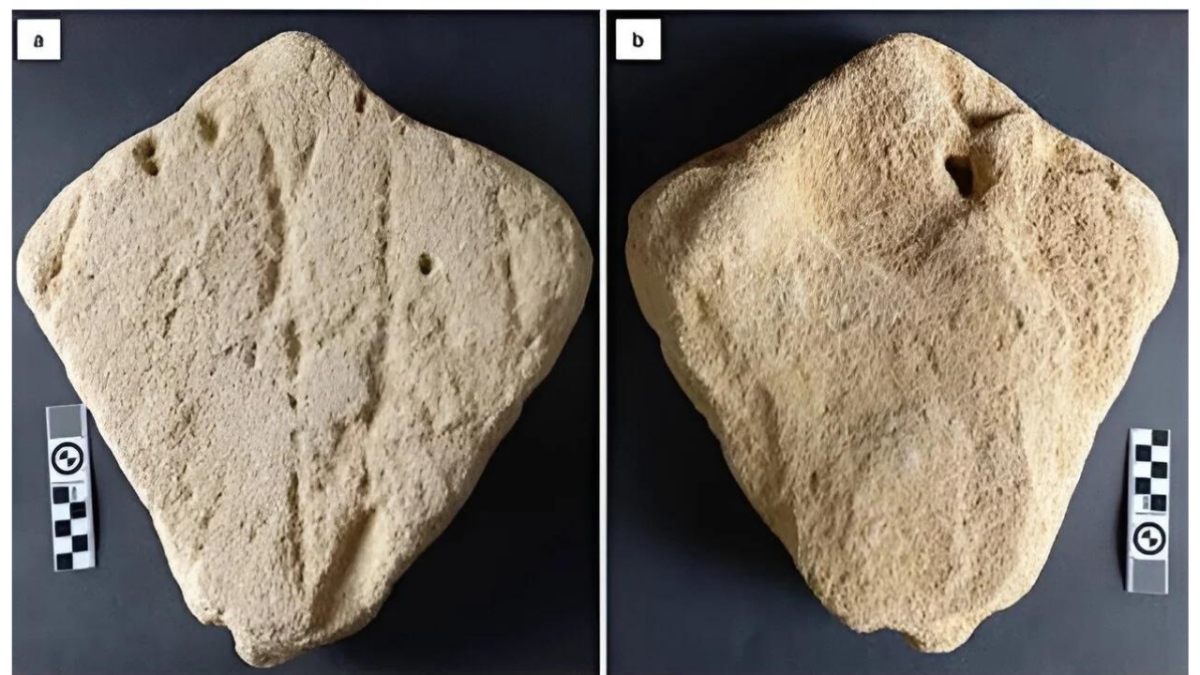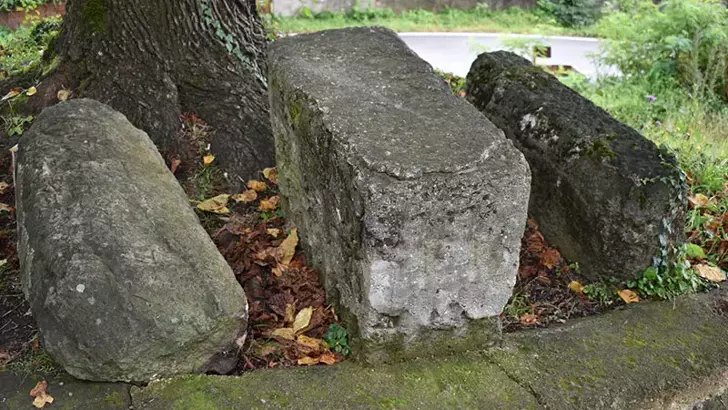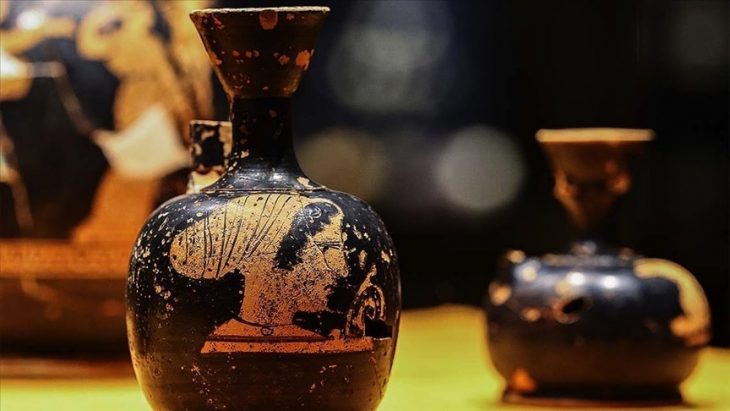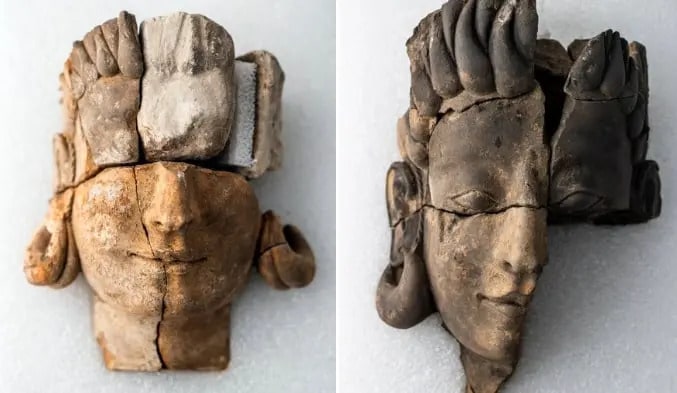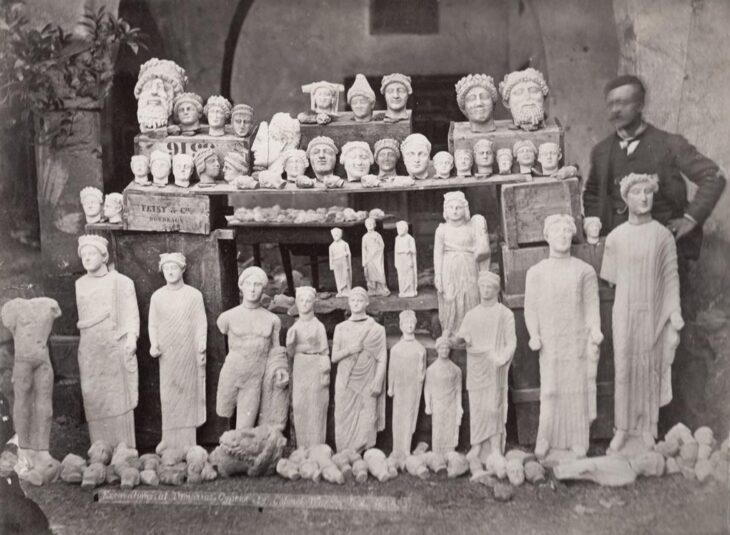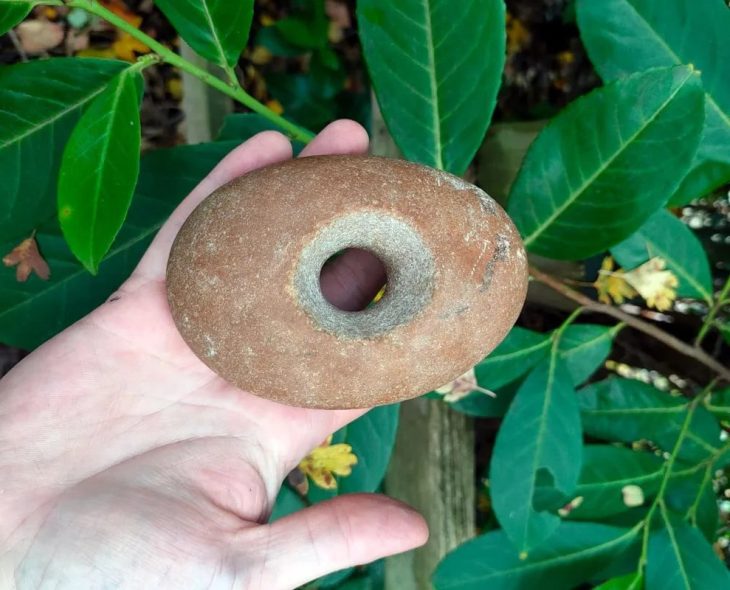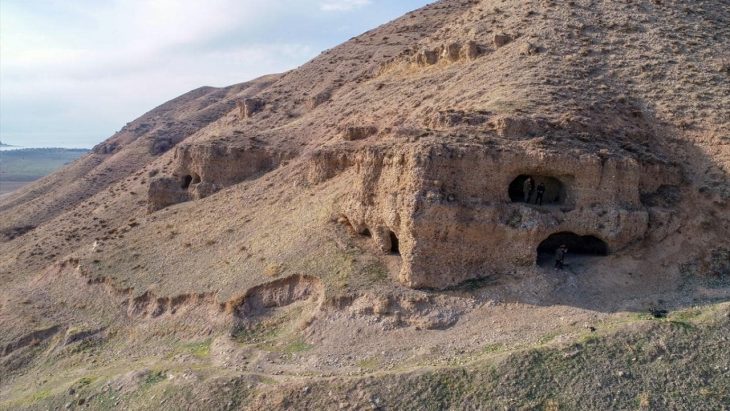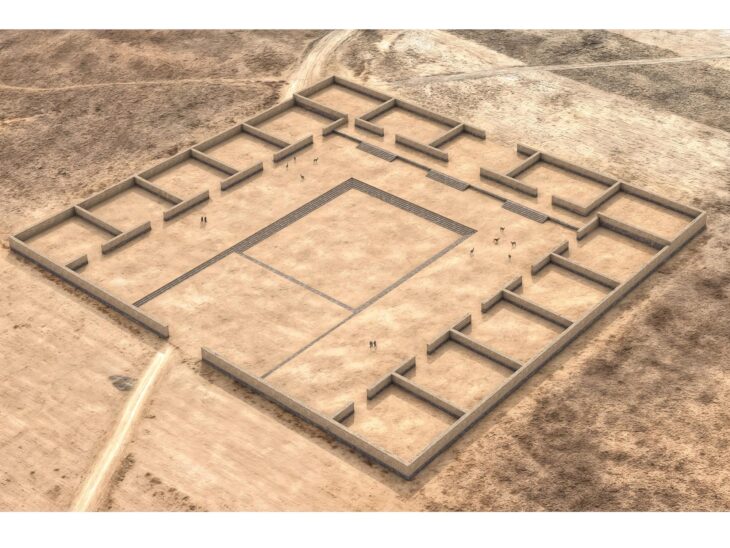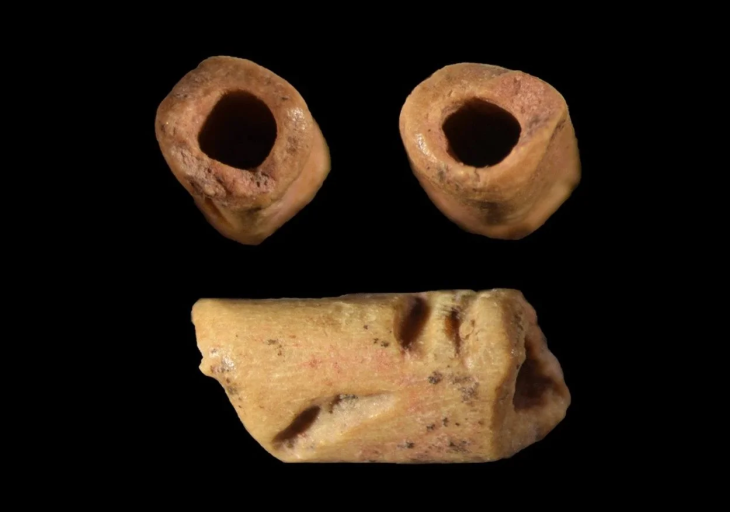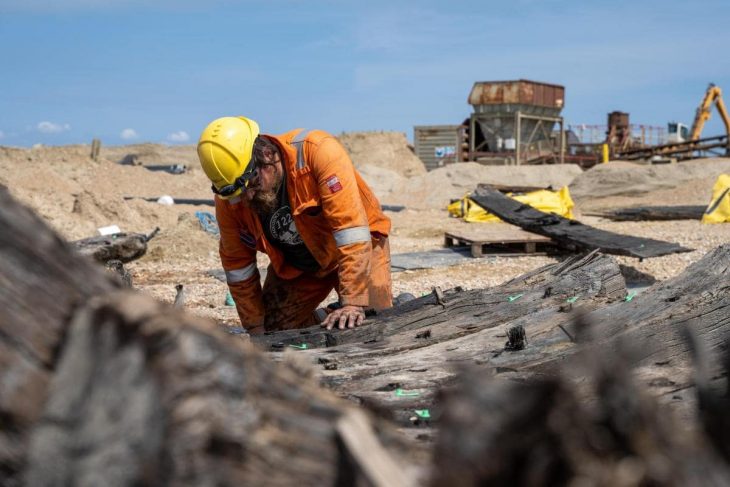Analyzing this object, which at first glance looks like a symmetrical rock, the research team speculated that it could be a prehistoric sand stingray sculpture.
The researchers stated that directly dating the stone would cause damage, but optically stimulated luminescence dating of neighboring rocks indicates that the purported artwork was created approximately 130,000 years ago.
The aeolianite rock was found east of Still Bay, about 205 miles (330 kilometers) from Cape Town. The rock was unusually symmetrical and was shaped uncannily like a stingray, minus the tail.
The researchers speculate that the rock could be a man-made replica of a local blue stingray (D. chrysonota) because of its symmetry and surface grooves. The circumspect conclusion reached by the team was released in Rock Art Research.
Study co-authors Charles Helm, a paleontologist at Nelson Mandela University, and Alan Whitfield, the Emeritus Chief Scientist at the South African Institute for Aquatic Biodiversity, wrote in The Conversation that their conclusions are “highly informed speculation based on our understanding of many tens of thousands of such rocks.”
📣 Our WhatsApp channel is now LIVE! Stay up-to-date with the latest news and updates, just click here to follow us on WhatsApp and never miss a thing!!
“This is the first and thus far the only example that suggests tracing from this time period. The chances of something like this being preserved and amenable to our interpretation are remote, so it is possible that this may be the only example ever identified, but we can always hope that more will become apparent,” Charles Helm, lead study author and Research Associate from the African Centre for Coastal Palaeoscience at Nelson Mandela University told IFLScience.
The team posits that the stone may be an ammoglyph: a tracing made in sand that has since turned to stone. The stone is kite-shaped, with grooves on one side that are close to symmetrical. The base of the stone is stubbed, which the team postulated may mark where a “tail” on the stingray may have been ceremonially removed. The stone was found on a beach, further supporting the possibility that the sculpture was traced based on a fresh specimen.

“Symmetry is always intriguing, and can have a number of origins, only one of which is human,” Helm and Whitfield wrote. “But it always begs for an explanation, and such multiple levels of symmetry support a hominin origin: the possibility that the combination of multiple symmetrical features is due to chance alone is, in our view, remote.”
As a point of comparison, the oldest known piece of certifiable animal art is a 43,900-year-old painting of a warty pig found in an Indonesian cave. The earliest hunting representations date to around the same period, and even if there is older animal artwork, it was probably made by Neanderthals. Though it is a legendary human-lion hybrid, the 40,000-year-old Lion-Man sculpture, which was found in the Hohlenstein-Stadel cave in Germany, is thought to be the earliest known representation of an animal. It was carved from mammoth ivory. The most recent team’s stingray sand sculpture completely surpasses the record dates for human representations of animals.
The magnificent corpus of Western European rock art, beginning about 40,000 years ago, seems to emerge abruptly, as if out of nowhere, preceded mostly by abstract symbols from diverse global locations. There is around 90,000 years between when this purported stingray sand sculpture was created and the emergence of those works of art on the walls of caves in Europe, the most famous of which is France’s Chauvet Cave.
The concept of the world’s original art being in sand, and sand thus being the original canvas, provides ample time for these skills to be honed over the intervening millennia. Researchers attribute the absence of such art in the archaeological record simply to the lack of suitable rocks from the intervening ages.
Art is such an important part of our existence as humans. This means that ideas on how and when it began are of interest and importance to many.
The researchers wrote that if their suggestion is correct, it would not only push back the time when our distant ancestors first created art of another species, but could also help explain what has until now seemed enigmatic: the seemingly sudden appearance of magnificent art on walls deep within caves in western Europe.
The conclusions are tenuous, and to the untrained eye, the alleged stingray sand sculpture appears to be an ordinary rock. However, it may—just may— occupy a coveted place in the cultural annals of our species.
Cover Photo: (a) The upper surface and (b) the lower surface of the purported sand sculpture; scale bars are in cm.Figure 4. (a) Features on the upper surface of the purported sand sculpture; (b) symmetrical features; (c) asymmetrical features. Rock Art Research

